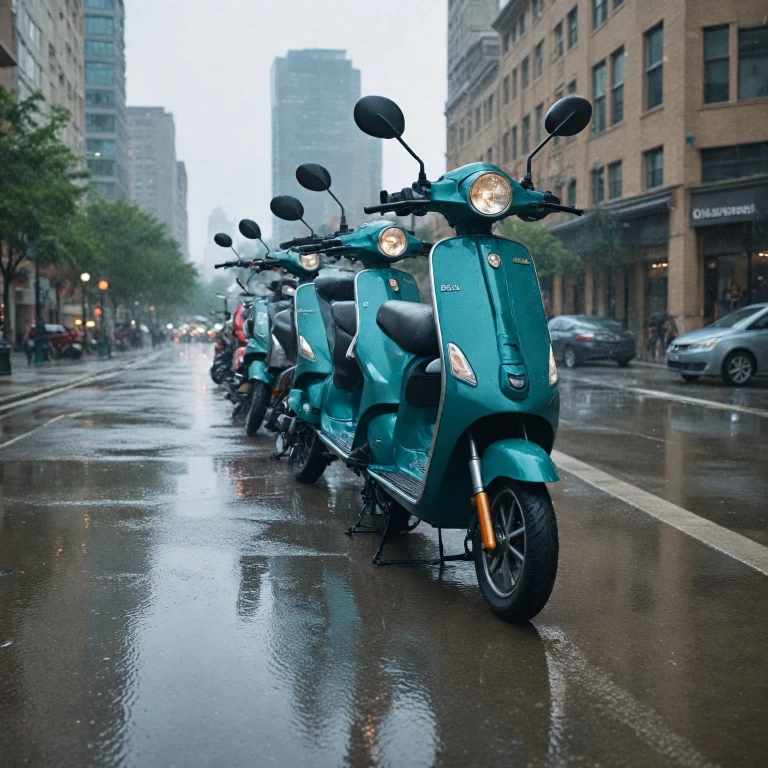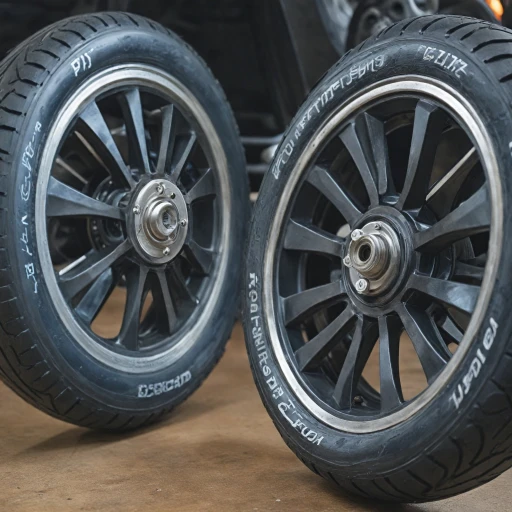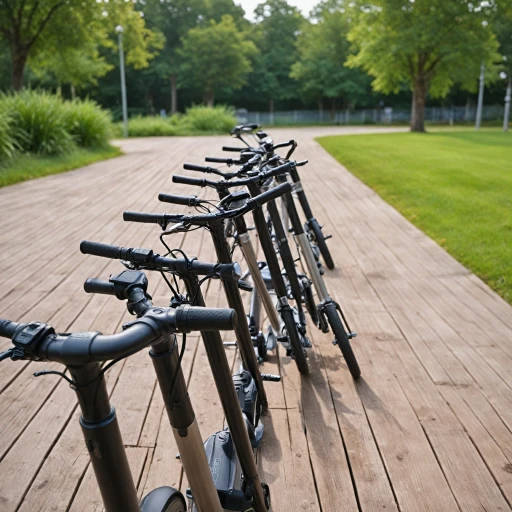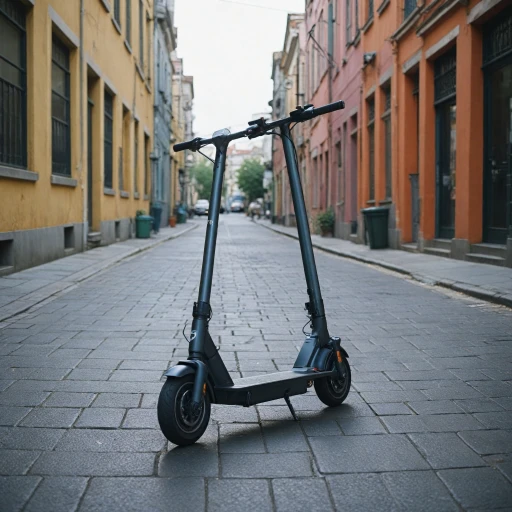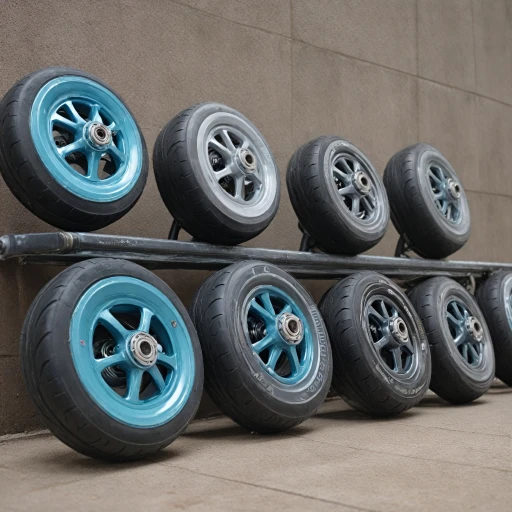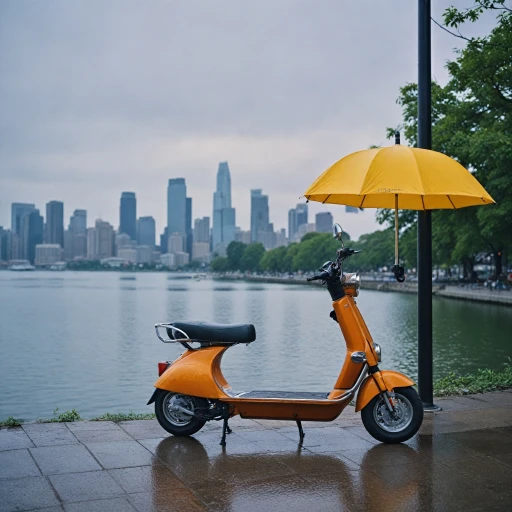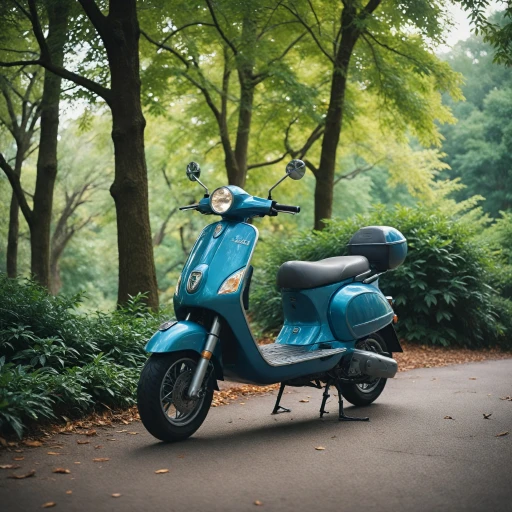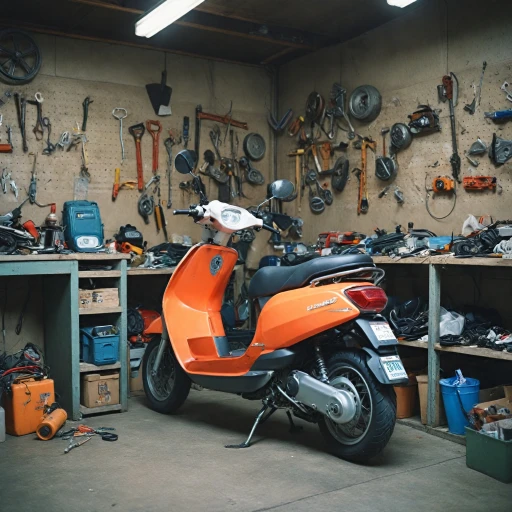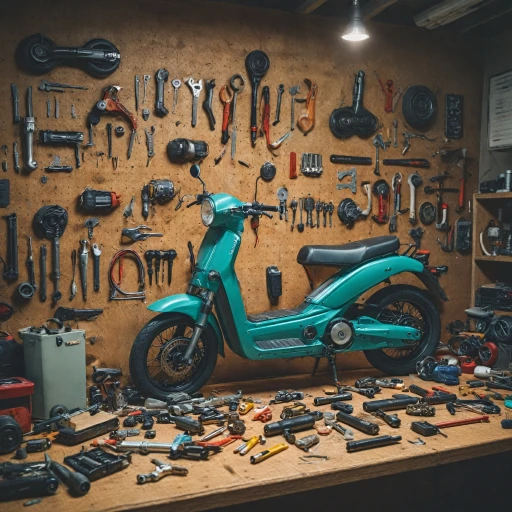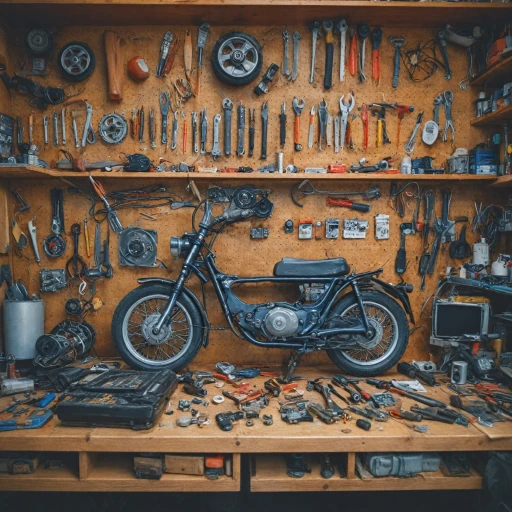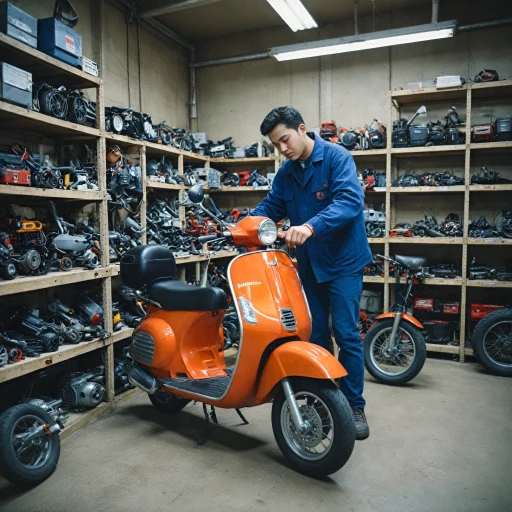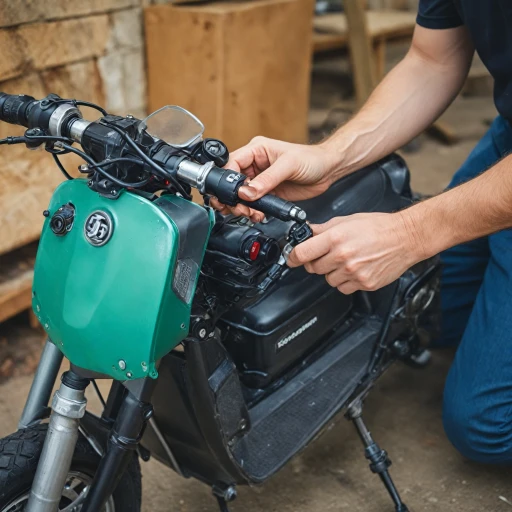
Understanding Electric Scooter Water Resistance
Water Resistance Ratings: What Do They Mean?
When considering the purchase of an electric scooter, it's important to pay attention to its water resistance rating. Electric scooters often come with an Ingress Protection (IP) rating, which determines how well the scooter is protected against dust and water. For example, an IP54 rating indicates resistance to water splashes but does not guarantee complete waterproofing, especially in heavy rain.
Assessing the Risks of Wet Conditions
Though some electric scooters are designed to handle light rain and wet surfaces, excessive exposure to water can cause damage to electrical components, potentially leading to malfunctions. Riding electric scooters in heavy rain or through deep puddles should be avoided to protect the battery and engine.
Understanding Scooter Waterproofing Features
A closer look at an electric scooter’s construction reveals key features that offer water protection. Some have sealed battery compartments, protective casings, and durable materials that repel water, providing better defense against wet conditions. However, it remains crucial to verify whether these features match your riding expectations and local weather patterns.
The Importance of Proper Maintenance
Regular maintenance of your electric scooter also plays a significant role in ensuring its longevity, especially in wet weather. Cleaning off any dirt and moisture after riding in the rain can prevent rust and water damage, helping you to keep your scooter in optimal condition over time.
Risks of Riding Electric Scooters in Wet Conditions
Understanding the Risks of Riding in Wet Conditions
Electric scooters have become a popular mode of transportation, but wet conditions, such as rain or water on the road, can pose significant risks. While some scooters are equipped to handle a sprinkle, many are not designed for heavy rain or exposure to water jets. Riding an electric scooter in the rain involves navigating wet surfaces where traction can be significantly reduced. This can increase the likelihood of slipping or skidding, posing a higher risk of accidents. Water can also penetrate the scooter's electrical components, if the scooter's water resistance rating isn't adequately high. This can lead to costly water damage and potential scooter malfunction. Here are some considerations to keep in mind:- IP Ratings and Waterproof Features: Not all scooters boast strong water resistance. Scooters with higher IP (Ingress Protection) ratings offer better protection against water ingress. An IPX5-rated electric scooter can withstand low-pressure water jets from any direction, making them a safer choice for light rain.
- Damage to Electrical Components: Exposure to moisture and water can damage essential components such as the battery, motor, and electrical connections. Without preventive measures, water can lead to corrosion or short circuits.
- Visibility Concerns: Rain can also obscure visibility for both the rider and fellow road users. In limited visibility conditions, riding becomes more hazardous, increasing the chances of collision.
Safety Tips for Riding in the Rain
Stay Safe on Wet Surfaces
Riding electric scooters in wet conditions can be challenging, but with the right precautions, you can minimize risks. Here are some important safety tips to consider when you find yourself riding in the rain.
- Wear Appropriate Gear: Always wear a waterproof or water-resistant jacket and pants to stay dry. This will ensure your comfort and allow you to focus on the ride without being distracted by wet clothes.
- Check Tire Tread and Pressure: Make sure your scooter's tires are in good condition with adequate tread to handle slick surfaces. Correct tire pressure helps maintain grip on wet roads.
- Avoid Puddles and Standing Water: Even though some electric scooters are water-resistant, riding through large puddles or standing water can lead to water damage. Equipment like batteries and electrical components are vulnerable to water jets under pressure.
- Control Speed and Maneuver Gently: In wet weather, reduce your speed. Quick turns and sudden stops increase the risk of skidding or slipping. Keep your movements smooth and gradual to stay in control of your scooter.
- Enhance Visibility: Wear reflective gear or add lights to your scooter to ensure you're visible to other road users. Rain and overcast skies reduce visibility, and this is crucial for your safety.
- Understand Your Scooter's Water Rating: Be aware of your scooter's water resistance rating. Knowing the limits allows you to avoid riding in conditions that could cause damage.
By following these guidelines, you'll be better equipped to handle rides in less-than-ideal weather. Remember, safety should always come first when venturing out in the rain.
Maintenance Tips for Wet Weather Use
Keep Your Scooter Functional and Damage-Free
Maintaining your electric scooter during wet conditions not only ensures its longevity but also keeps your ride safe and enjoyable. To avoid damage from water exposure, it is crucial to follow certain maintenance practices especially if you frequently ride in the rain or through wet surfaces. Here's how:- Regular Inspections: Regularly check the electrical components and connections for signs of moisture intrusion, which can lead to corrosion or malfunctions. Ensure that any connectors have adequate insulation to prevent water damage.
- Battery Protection: The battery is one of the most vital parts of your scooter. Ensure it's well-protected against water. Look for a secure battery compartment and if your model allows, consider adding extra waterproofing layers.
- Dry Thoroughly: After exposure to rain or wet conditions, dry your electric scooter thoroughly. Use a soft, absorbent cloth to remove excess water from all surfaces, particularly around joints and seams. This helps to maintain the structural integrity and appearance of the scooter.
- Pay Attention to Wheels and Brakes: Wet surfaces can impact the scooter’s braking performance. Regularly inspect and clean the wheels and brakes to remove any water-related debris or buildup.
- Avoid High-Pressure Water Jets: While it might be tempting to use a hose or pressure washer for cleaning, it's best to avoid high-pressure water jets. The force can lead to water ingress, especially in pressure-sensitive areas.
Choosing the Right Scooter for Wet Conditions
How to Select the Best Scooter for Wet Weather
When considering an electric scooter for rainy or wet conditions, several key factors can help ensure you make a practical choice that prioritizes safety and durability.- Water Resistance Ratings: One of the primary factors to consider is the water resistance rating of the scooter. Look for scooters that have an IP rating. For instance, a scooter with an IP54 rating offers protection against water splashes from any direction, while an IP67 rating offers even more robust protection against water jets and temporary immersion.
- Battery Protection: Ensure that the battery compartment is sealed and well-protected from water ingress. A compromised battery might lead to performance issues or even permanent damage if water gets in.
- Tire Grip and Traction: Opt for scooters equipped with tires designed for wet surfaces. Some tires provide better grip and are specifically designed to handle slippery and wet conditions, reducing the risk of skidding.
- Build Quality: The overall build quality of the scooter can be a crucial factor. Scooters made from durable materials with well-sealed electrical components are more suited to withstand wet weather challenges.
- Lighting and Visibility: Since visibility can be lower in rainy conditions, ensure your scooter has adequate lighting. Bright front and rear lights, as well as reflectors, can help other road users see you more clearly.
- Braking System: Consider the braking system on the scooter. Disc brakes or regenerative braking systems might offer more reliable performance in wet conditions compared to other types.
Real-Life Experiences: Riders Share Their Stories
Real-World Insights from Scooter Enthusiasts
When it comes to riding electric scooters in wet conditions, real-life experiences from fellow riders can offer invaluable insights. Many scooter enthusiasts have shared their stories about navigating through rain and wet surfaces, providing a wealth of practical advice and lessons learned.
One common theme among riders is the importance of understanding your scooter's water resistance rating. Many have found that while some scooters are labeled as water resistant, they are not entirely waterproof. This distinction is crucial when deciding whether to ride in light rain or avoid riding altogether during heavy rain.
Riders often emphasize the need for proper protection against water damage. Ensuring that electrical components are well-protected from water jets and pressure water is a priority. Some riders have shared experiences of their scooters suffering battery damage due to inadequate protection, highlighting the importance of regular maintenance and checks.
Another key takeaway from rider experiences is the importance of adapting your riding style to wet conditions. Wet surfaces can be slippery, and many riders recommend reducing speed and being extra cautious when navigating turns. This advice aligns with the safety tips for riding in the rain, emphasizing the need for heightened awareness and control.
Finally, choosing the right scooter for wet weather is a recurring topic among riders. Many have switched to models with higher water resistance ratings after experiencing issues with their previous scooters. This decision often comes after considering the potential damage and safety risks associated with riding in wet weather.
In summary, real-life experiences from scooter riders highlight the importance of understanding water resistance, ensuring proper protection, and adapting to wet conditions. These insights can guide new and seasoned riders alike in making informed decisions about riding electric scooters in the rain.
